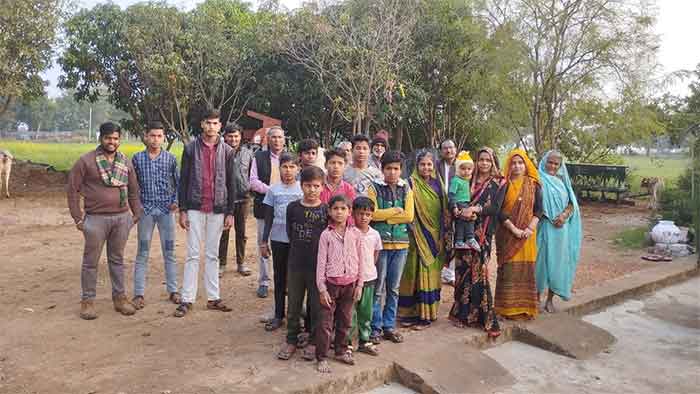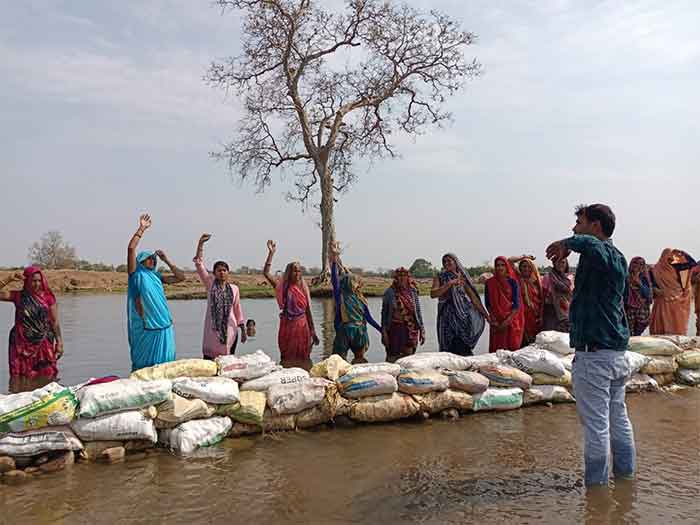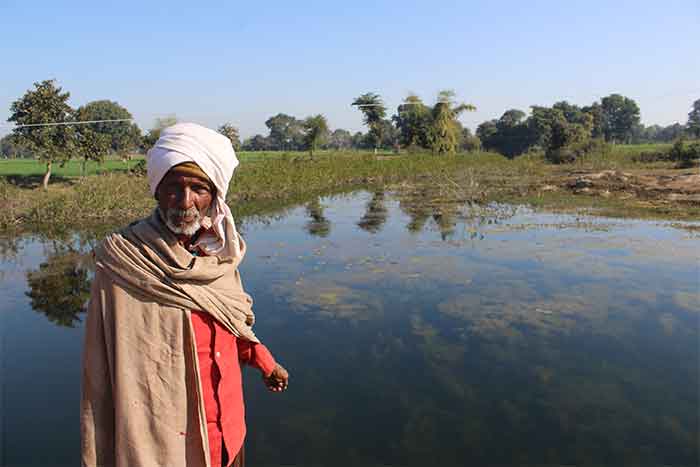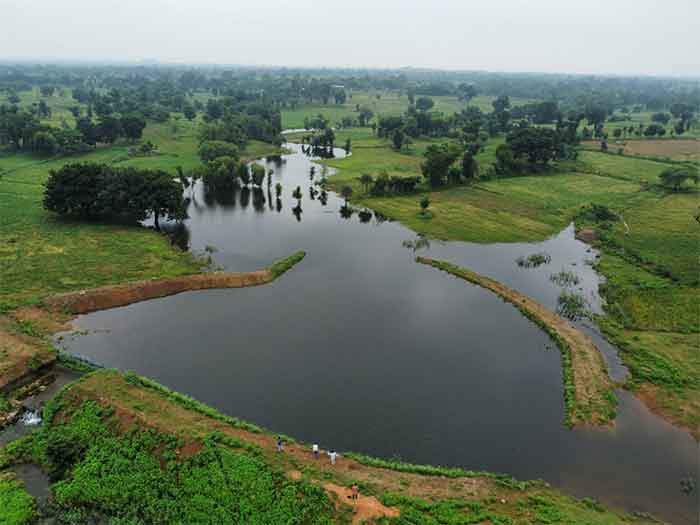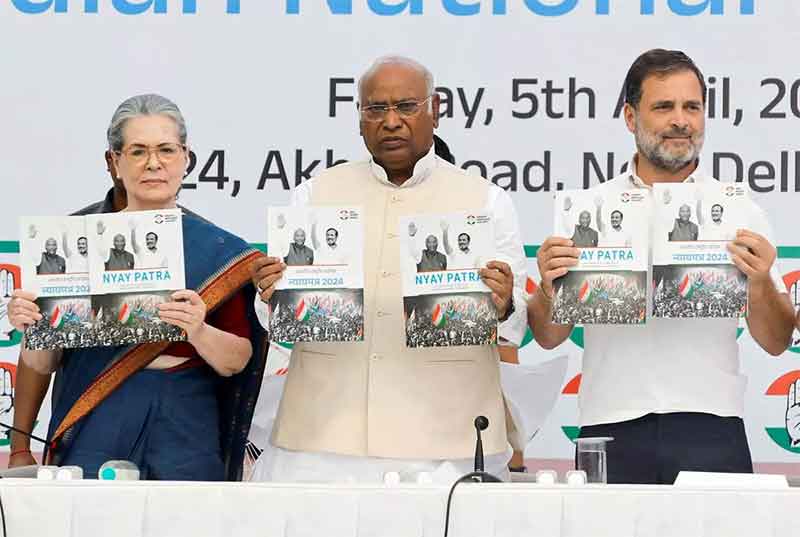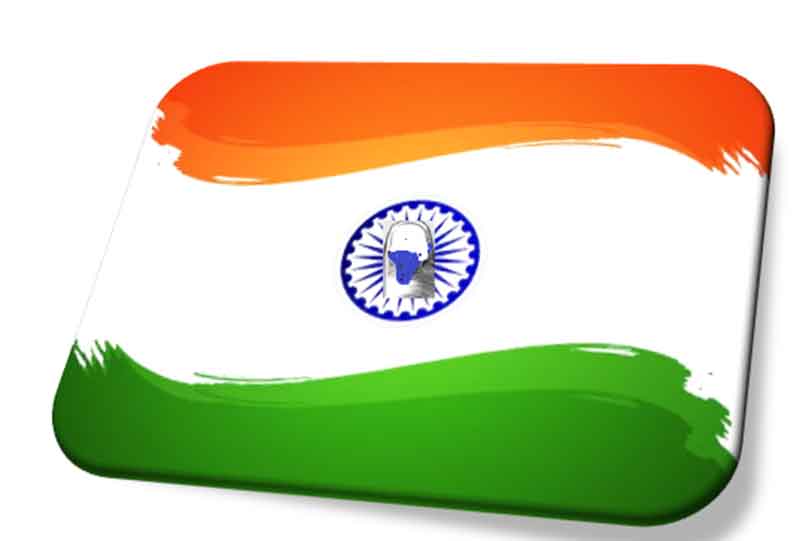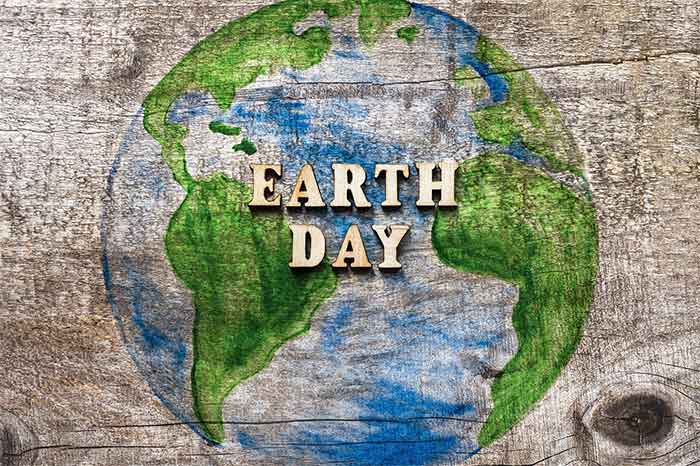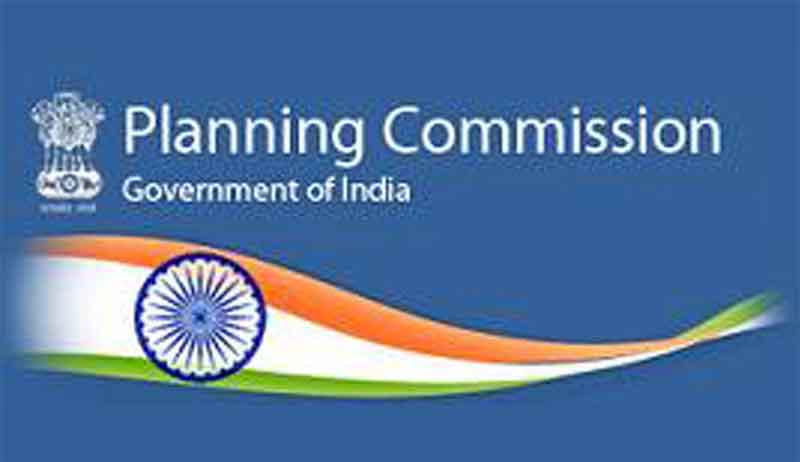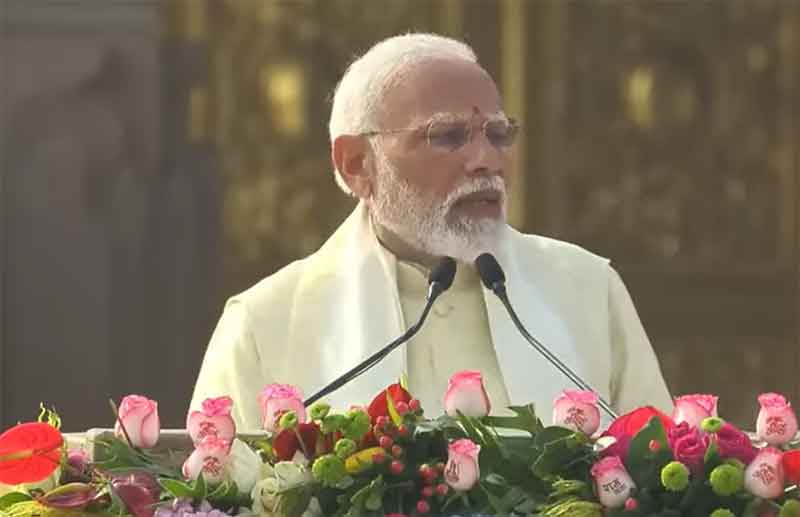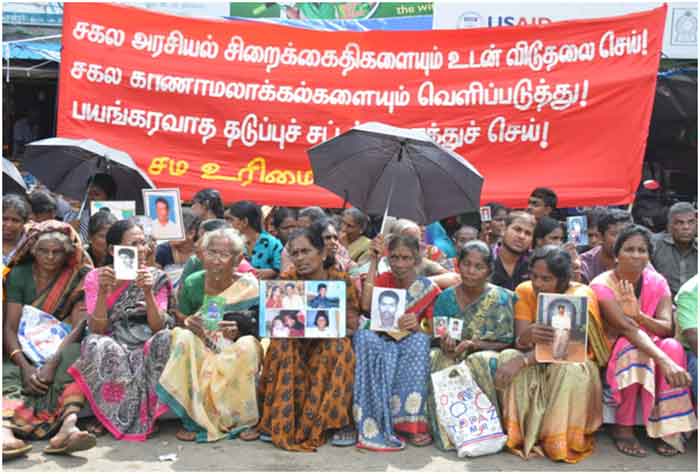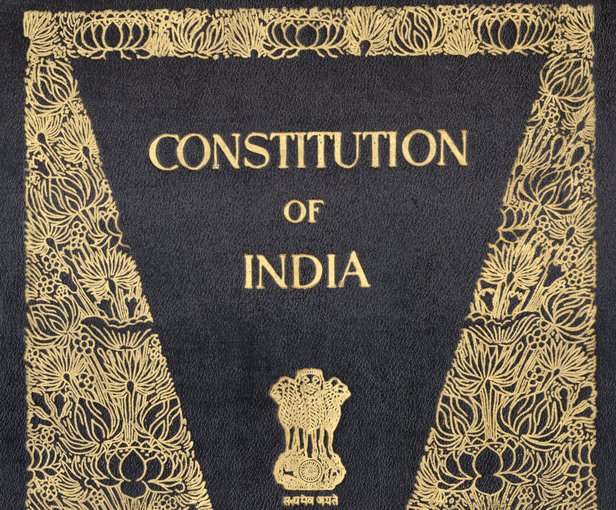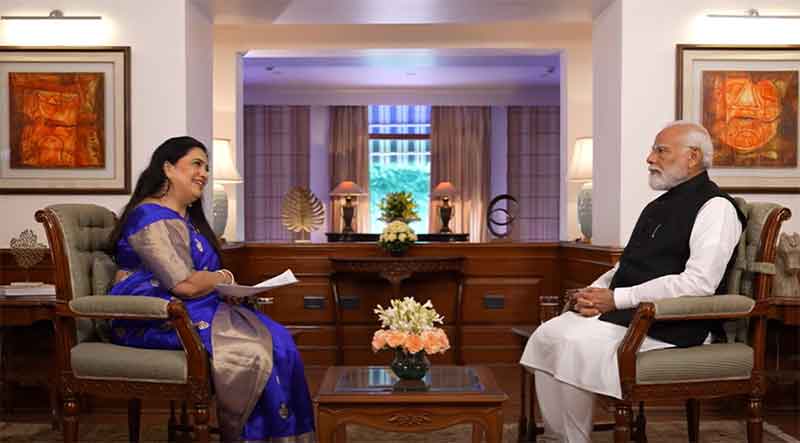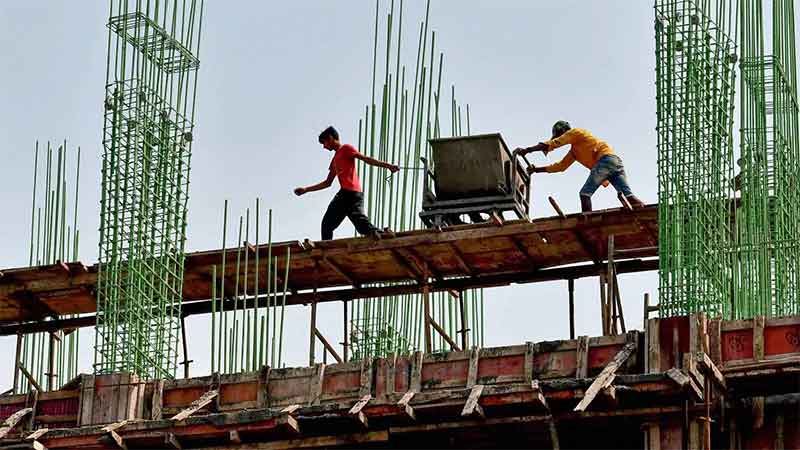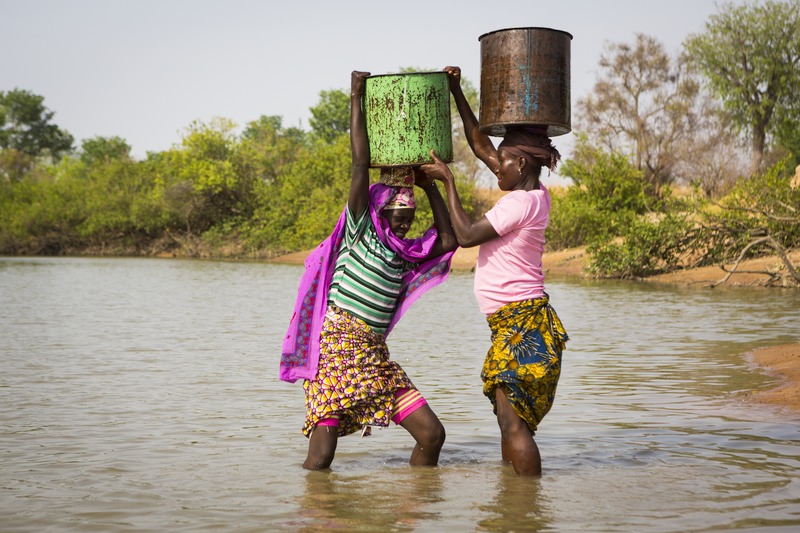
” Water, water, every where
And all the boards did shrink
Water, water, every where
Nor any drop to drink. …”
The Rime of the Ancient Mariner By Samuel Taylor Coleridge
Since the start of celebration of World Water Day in 1993, very little has changed in respect of protecting fresh water resources and sustainable water management. The water crisis has increased over the years in populated continents like Asia,Africa and South America. India observes the day as National Water Conservation Day.
Low quantity of fresh water
According to Hutchinson Plumbing Heating Cooling president, ” Statistics show that less than 1% of the world’s water resources are safe for human consumption and that number is dwindling..” ( National water conservation Day is March 22nd, www.wateronline.com ). This day is a friendly reminder to review our efforts in water conservation.
Women and water
Water is most valuable commodity. The conservation of water squarely falls on women, specially in poorer nations, because, the burden of upkeep of houses is mostly in charge of women. This burden increases manifold in rural areas. While the urban rich women may not face many problems, the middle class and lower class women living in small huts and slums s well as rural women face water crisis particularly in summer. In India, many villages go without water for days and women are forced to fetch water from far off places irrespective of timings. They carry huge water pots on their heads and even girl – children are made to accompany their mothers, particularly in summer season
Conservation
Thus, water conservation becomes an integral part in womens’ life. With daily chores, they have to look after limited water availability and its optimum usage. While men normally do not either assist or find out solutions when water is scarce, women have to judiciously distribute between washing clothes, utensils, daily toilet and bathing requirements, drinking water etc. Therefore, the value of water is mostly identified by women than men.
Male hegemony
In the present patriarchal system the men-centric approach makes difficult for women to accommodate different mentalities. Men have to be given top priority in using water for their daily requirements leaving women to share the remaining scanty water. In reasonably wealthy families, women may get on due to availability of water but poor and dalit women have little access to water. They have to be content with whatever little is left after their family males consume.
Equal responsibility
This occasion should be used to educate bot and women on the value of water and importance of men taking responsibility of participating in water conservation along with women. In the times of scarcity of water the whole family should jointly formulate water consumption strategy rather than leaving the burden on women. Conservation techniques like rain water harvesting, building small ponds near houses, digging wells, etc should be followed to make water availability chances high.
Social duty
For ages, women have been at the forefront in water management. At times of drought, they are the ones who suffer most. They have to carry out domestic work as well as fetching water for household requirements. Only a few elite urban women face less problems. Most women perform duty of storing water for the family.
Unless men participate in water conservation and help in household water management, women would continue to suffer. Due to exhaustion, many women fall ill and even die due to overwork. Sometimes even pregnant women are forced to carry weighty water pots in rural and urban slum areas. This is a health hazard. The society must be educated on such vulnerable topics.
Women should be relieved of the burden of looking for water management alone. Men should see that women are not over worked and exhausted by carrying water from long distances.
This day should be used as one more opportunity to educate men against patriarchy and male domination and stressing importance of protecting women from hard labour leading to ill health. Men va share household chores including water conservation and management
Sheshu Babu is a writer from anywhere and everywhere



